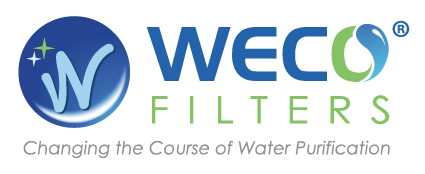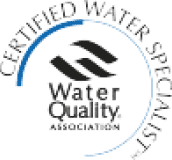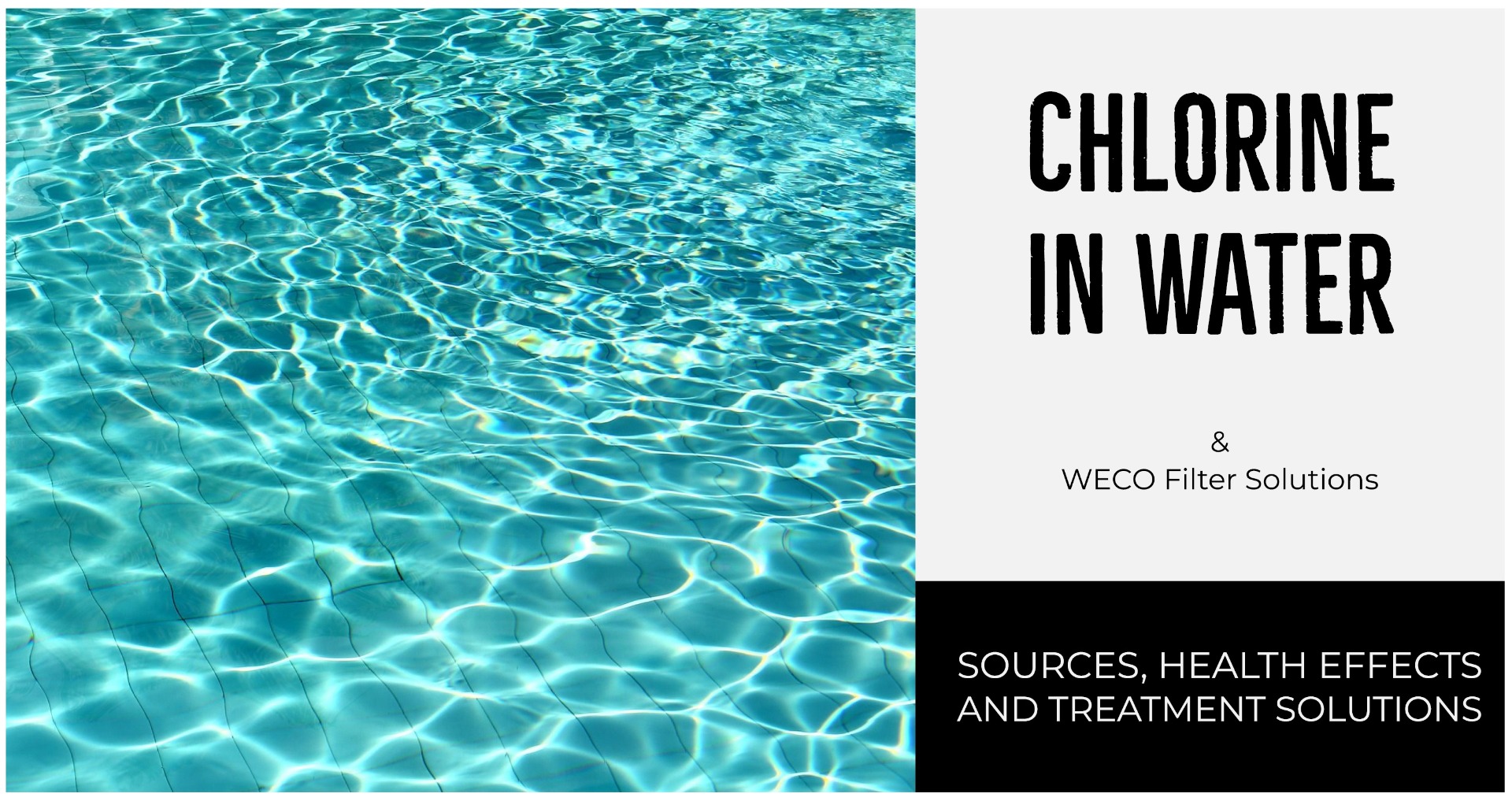Source of Chlorine in Water: Chlorine disinfection is a chemical process used in municipal water systems, private wells, schools and businesses where chlorinated chemicals are added to inactivate or kill disease causing organisms (pathogens) found in the water source. Common water sources include lakes, rivers, reservoirs, wells or ground water from which water is drawn and treated. Common chlorine disinfectants include chlorine, chloramine and chlorine dioxide.
Effects of Chlorine in Water: Chlorine disinfectants cause taste and odor problems in both residential and commercial operations such as restaurants, coffee shops and health facilities. These disinfection methods can kill pathogens, but can also create disinfection byproducts (DPBs) that may be harmful to human health. Trihalomethanes (THMs) are a group of disinfection byproducts that form when chlorine reacts with naturally occurring organic matter in the water. The trihalomethanes include chloroform, bromodichloromethane, dibromochloromethane, and bromoform.
How to Remove Chlorine: The best methods for removing chlorine in water are activated carbon filtration or a reverse osmosis system. There are several levels of activated carbon and reverse osmosis filtration ranging from a single sink (point of use) to whole house (point of entry) where all water entering a facility is filtered and purified. These technologies will also remove DBPs from the water. Either process can be tailored for residential and commercial applications.





